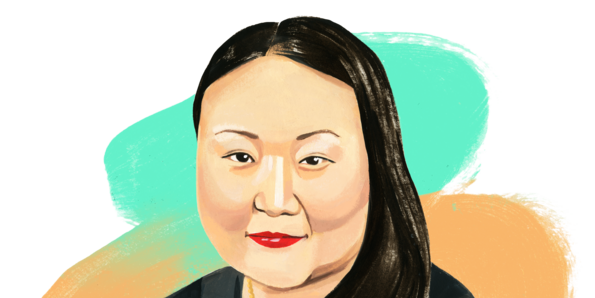The Other Side of Eden
- Oops!Something went wrong.Please try again later.

Published in 2015, Hanya Yanagihara’s A Little Life is a story about trauma and the tangled relationships among four college friends in New York. It won the Kirkus Prize and was shortlisted for the Booker Prize and the National Book Award. Yanagihara is now back with To Paradise, another tour de force melding the polished, realist tradition of Henry James and Joseph Conrad with our looser, genre-bending moment. Yanagihara rewrites history for the purposes of the novel, drawing on and subverting narrative conventions, and defying our expectations about what’s “normal” in terms of gender. She’s written a symphony on the page.
To Paradise is effectively three novels in one, set in different time periods, 100 years apart. There are recurring names of Charlie, David, and Edward and the last names of Griffith, Bingham, and Bishop, with little or no apparent connection to one another. The corrupting influence of wealth and power is a constant, as is the influence of a grandparent. And in each, the concept of paradise is explored. But there the resemblance ends.
In its first part, To Paradise offers a daring take on the past in which, post-Civil War, the country is divided into the North, Free States, the United Colonies, and the West. The tale unfolds in downtown Manhattan, where a rich and influential family—founders of the utopian Free States to which New York belongs—reside. David, a grandson of the Bingham patriot, suffers from an unnamed illness. He eschews an arranged marriage with a socially acceptable partner for an unpredictable relationship with a penniless music teacher. It’s 1893, and gay couples are free to marry without judgment, but classism and racism reign strong. There are clear echoes of James’s Washington Square, though with the author’s singular twist.
Part Two is set in both New York and Hawaii, with another unequal relationship at the center, this one between David, a paralegal, and his older partner, Charles, who runs a prestigious law firm. It’s 1993 amid the AIDS epidemic, where the shadow of death lurks in thoughts and looks between friends; each lesion or weight loss is noted. David also keeps a secret about his background and his father’s illness in Hawaii, no longer the paradise
of his youth. (Yanagihara’s family is from Hawaii, where the queen was overthrown in 1893, and Hawaii was eventually annexed.)
Part Three, set in a dystopian 2093, comprises half the novel and is steered by two narrators: a young woman named Charlie, who chronicles her day-to-day existence in a New York that has staggered through pandemics and the severe effects of climate change; and her grandfather, a Hawaiian émigré, whose story is told in epistolary form. New York is eventually split into municipalities and zones where individual freedoms are severely curtailed and travel beyond its borders is prohibited. Hawaii is destroyed by the effects of adverse weather, a paradise lost. Quarantine camps, containment suits, and the restriction of movement are already familiar.
Yanagihara changes the novel landscape: What is different, we accept; what is familiar, we recognize. To Paradise resonates because of its exploration of human relationships and the dismantling of preconceived notions. Biases and hatreds lurk and linger, emerging periodically to remind us that while one form of discrimination may have been eliminated, others remain embedded in our institutions, and cannot easily be eradicated; in the end, threads of prejudice bind all three parts. And yet To Paradise is rich with characters that live and love, with few boundaries. Yanagihara asks us to consider an alternative America that could have existed at any point in history if other decisions had been made, and that might still prevail if we do the right thing.
You Might Also Like
